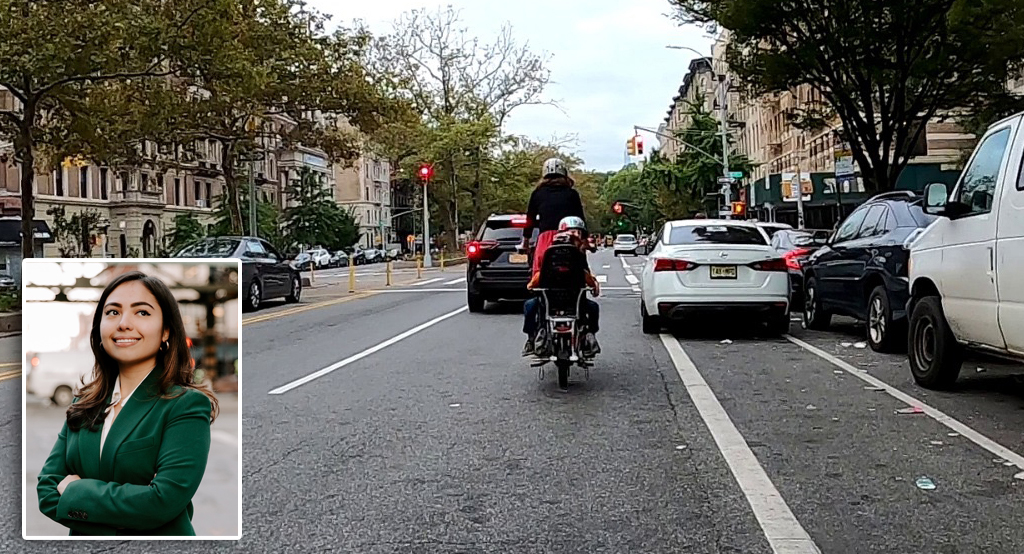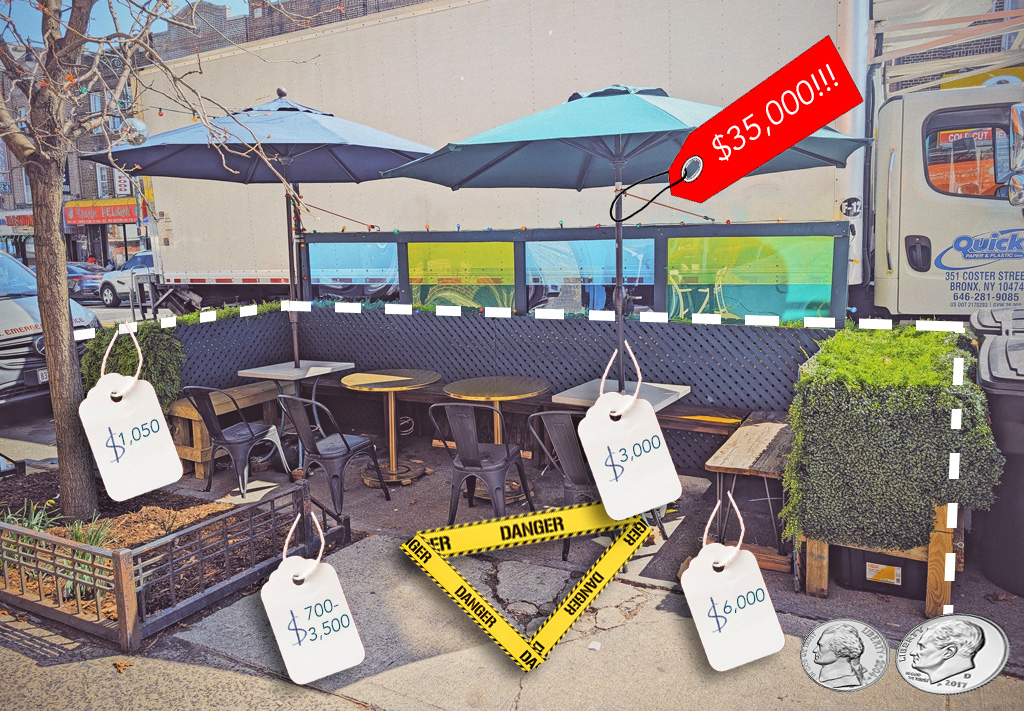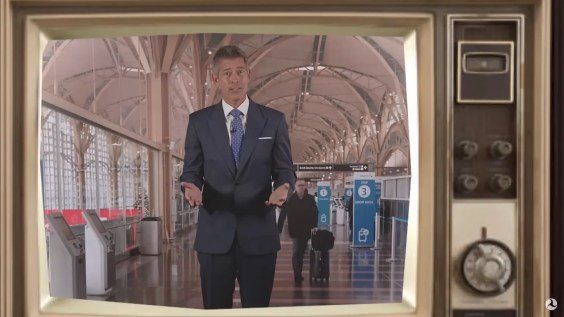 States with the highest obesity rates also tend to be where the fewest people bike or walk to work. Image: CDC
States with the highest obesity rates also tend to be where the fewest people bike or walk to work. Image: CDCTwo reports released last week underscored the increasing severity of America's obesity epidemic. And the eye-opening findings add to the mounting evidence that stopping the spread of obesity and its attendant health risks will require changes to the nation’s transportation system as surely as it demands altering our diets.
A report from the Centers for Disease Control and Prevention released Tuesday showed the number of obese Americans has increased by 2.4 million since 2007. There are now nine states where more than 30 percent of the population qualifies as obese -- up from three states in 2007. (Just ten years ago, no state had obesity levels above 30 percent).
The following day, Gallup released a ranking of the nation’s most and least obese states as part of a broader index of well-being. By its accounting, a cluster of states in the southeast -- West Virginia, Kentucky, Mississippi, Arkansas, and South Carolina -- have the highest rates of obesity, while the thinnest states, mainly in the west and New England, tend to have obesity rates about ten percentage points lower.
In the CDC ranking of states (which varies slightly from the Gallup ranking), Colorado and the District of Columbia are the only states with obesity rates under 20 percent, making their rate nearly 15 points lower than the most obese states. Their secret? During a press briefing, the CDC's Bill Dietz speculated that Colorado’s investment in biking and walking trails, as well as District residents' frequent use of public transportation, which goes hand in hand with walking and thus burns more calories than driving, are possible factors.
Indeed, if you look at rates of active commuting (walking and biking) in the most and least obese states, a revealing correlation emerges. Three of the five most obese states in the Gallup ranking are also among the five states with the smallest percentage of people who bike to work. At the other end of the spectrum, four of the ten thinnest states are among those where people bike to work most frequently. (The commuting rates come from Census data detailed in this League of American Bicyclists report.)
The relationship seems to hold up when you include walking. People in the five most obese states make about 5.2 percent of all trips by bike or on foot, according to data published recently in a 2010 benchmarking report from the Alliance for Biking and Walking. In contrast, people in the five least obese states made twice as many trips -- 10.2 percent of them -- by bike or on foot.
It seems unlikely that you can chalk this all up to coincidence, but it's worth noting that these are back-of-the-envelope comparisons made without the eye of a trained statistician. And, as Dietz noted in the press briefing, other factors (such as demographic differences) surely play an important role.
For a second opinion, I checked with John Pucher, a Rutgers University planning professor with ample experience crunching these sorts of numbers. The relationship between a lack of active commuting and obesity is absolutely real, Pucher said via email. In fact, Pucher and colleagues have just completed a rigorous study of the relationship in which they examined health and travel data for 14 countries, all 50 U.S. states, and 47 of the 50 largest American cities.
At all three levels, the researchers found a clear negative relationship between active travel and obesity. Differences in transportation choices account for nearly a third of the variation in obesity rate among states, their analysis shows. Since the study hasn't been published officially, Pucher couldn't reveal any more specifics at this time. But stay tuned: The full study will come out in the American Journal of Public Health on August 20, and we'll have more details then.





